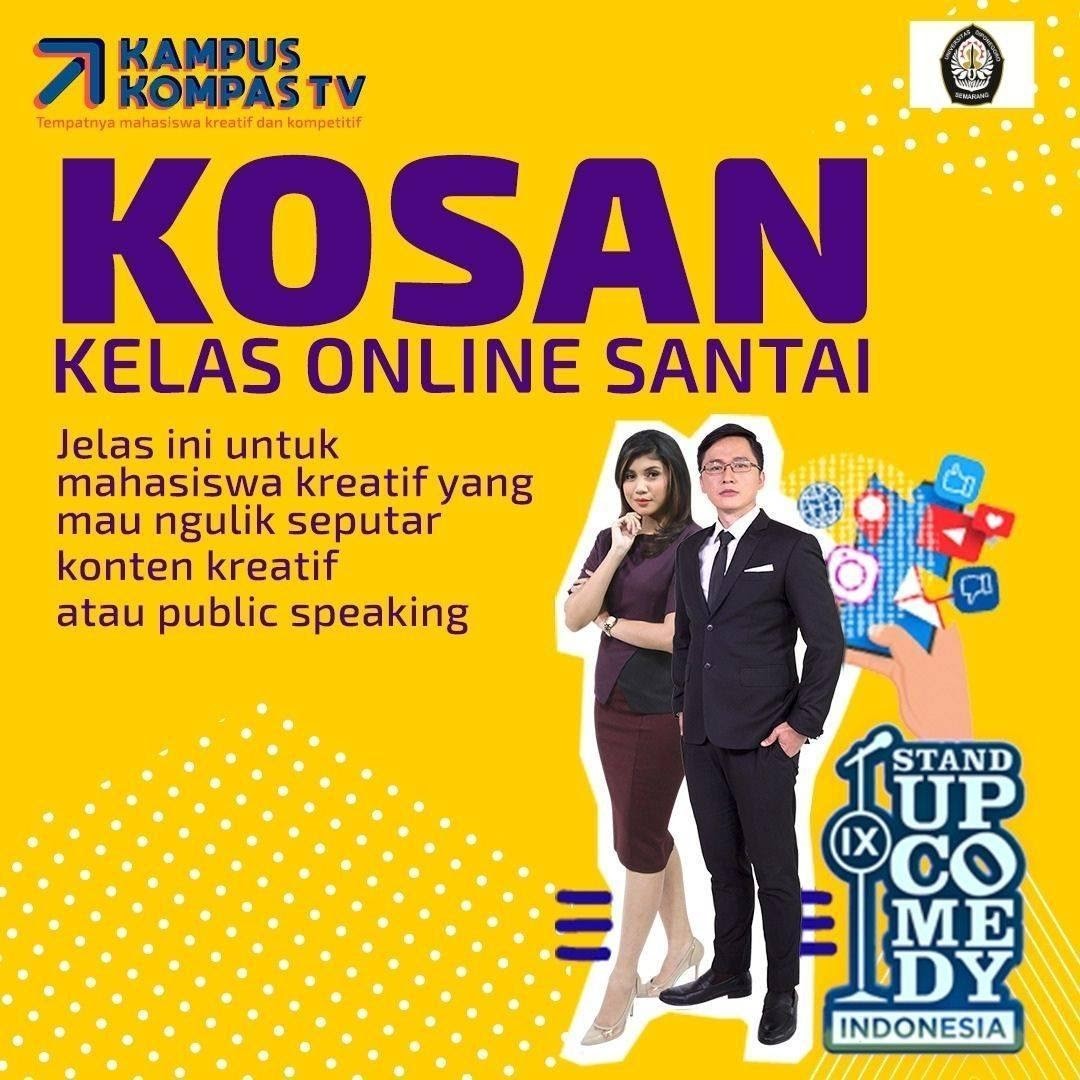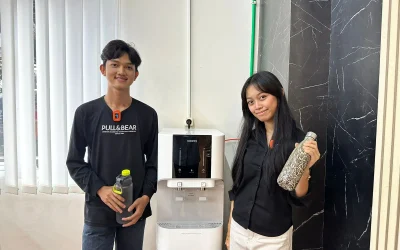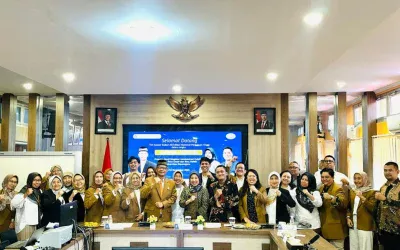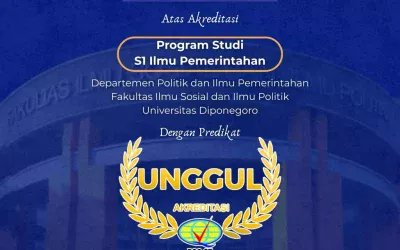(Kompas TV Relax Campus Online Class Poster)
Semarang—Diponegoro University Communications Department in collaboration with Kompas TV to organizing an event entitled Casual Online Class: The Process Behind a Content, Kompas TV Program, and Tips to Become a Reliable News Anchor. Together with Getar Jagatraya (Creative Team Pijaru) and Edy Khemod (Creative Director Cerahati), students learn how to turn ideas into works in the form of simple videos that can captivate the audience.
Turning an Idea Into a Masterpiece
In his session, Getar Jagatraya revealed that turning an idea into work is the same as questioning something visible, but it must be explained. Works with an audiovisual title will usually start from an idea that comes to mind. Vibrate also explained that there are several sources that can be used to come up with an idea. The first source is through references (audio and visual).
“For me personally, the idea came from experience. In addition, there are many references, be it music, videos, pictures, or photos that intersect with our lives. Unconsciously, all of this is recorded in the memory of friends and will appear when we create works, consciously or unconsciously,” he said.
Second, using What If Theory can be used to provoke more interesting and unique ideas that have appeared in someone’s mind. And the last way, discussion.
“The idea is similar to Jelangkung. So, when you come, you don’t get picked up, you don’t forget to go home. When the idea came, my friends immediately wrote it down. Sometimes the idea comes because the experience of friends is provoked. This raw idea by using references, discussions, and What If Theory, can enrich your ideas from the ordinary to the extraordinary,” said Getar.
Creating Attention-grabbing Videos with Low Cost and Simple Techniques
Cerahati started as a group of art students who were audiovisual activists in Bandung in the early 2000s and are still in the music video world. The period when the equipment was still limited and the industry was still centralized in Jakarta, at that time they played their works without funds and only relied on simple things. Evidently, without an adequate budget, Mocca’s first music video work ‘Me & My Boyfriend’ won the MTV video music award in 2003.
Edy Khemod explained that there are several ways in which videos can still attract attention even though the budget is low and the technicalities are simple.
“In my opinion, one of them is shock value. So, music videos with animation tricks and editing games were not common at that time. Shock value can be applied depending on the current context,” he added.
Second, experiment. The motivation to be able to experiment and develop videos into unique works is something that can be done. Continuing to learn to make videos is certainly better than doing nothing at all. Nothing to lose. all can be tried over and over again.
Lastly, there is a deviation from; breaking the status quo as if the quality and aesthetics of the video must be of a certain standard. Humans can be helped by the emergence of MTV, one of which is by opening up opportunities for all incoming content. In the end, the exposed audience can know where we are.
In addition to explaining how to make an attractive video with low cost and simple technique, Edy also explained three basic styles of video music, namely performance (video band or singer gig); narratives (there is a storyline that accompanies the music); and visual sensation (showing a video that matches the music). To develop creativity, we can mix and match these three styles of music videos.
Furthermore, according to him, the meaning of looking for ideas is to free oneself from something conventional. To get away from ordinary things, Edy also gives some tips that can be used to find an idea, among others, by looking at a problem from a different perspective; think positively; observing; connecting the story or connecting the dots; ask a question (using What If); don’t be afraid to look stupid, and dare to try new things.
Author: Sanita Sitinjak
Reporter: Jessica Inez
Editor: Annisa Qonita Andini





0 Comments